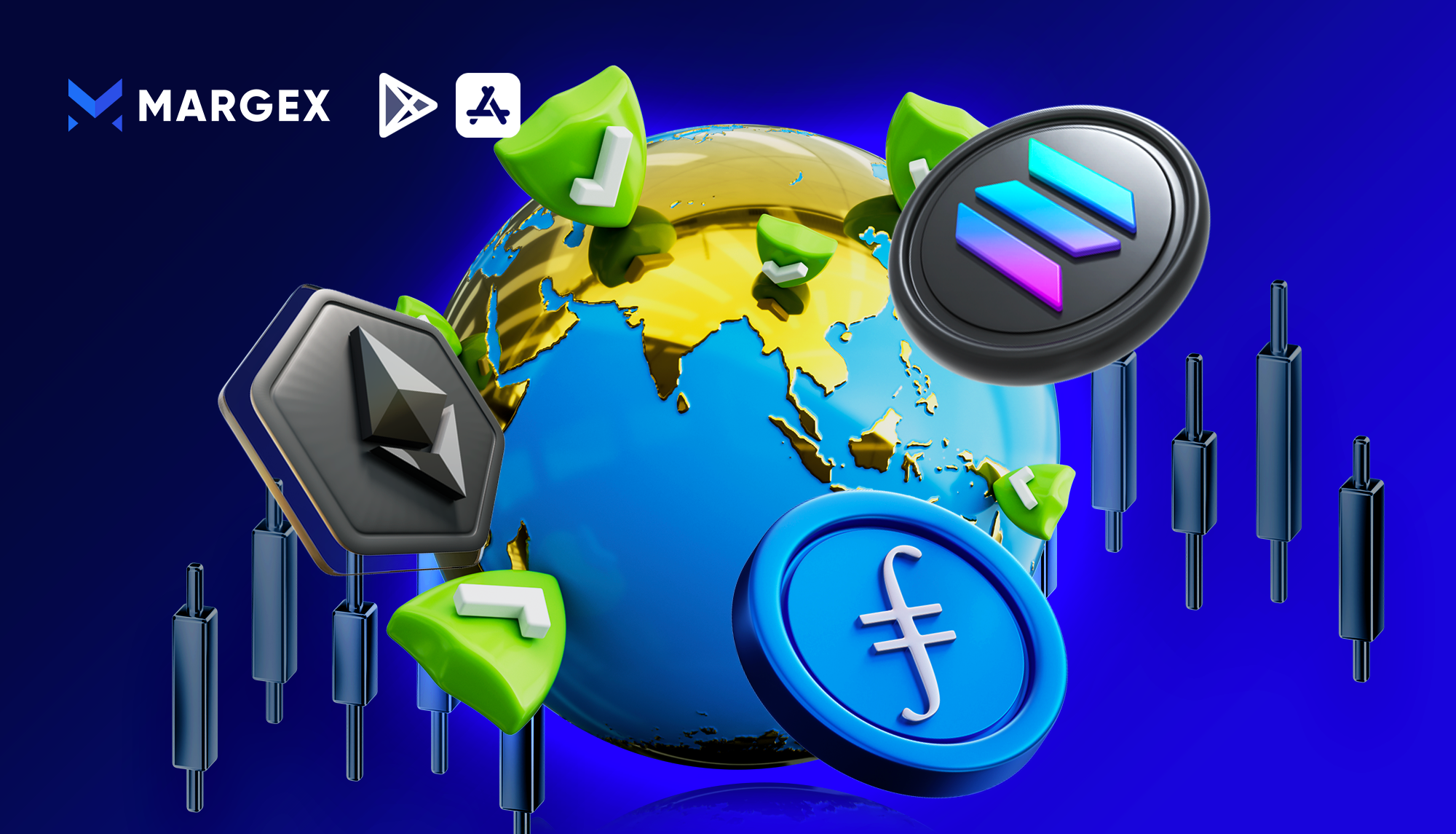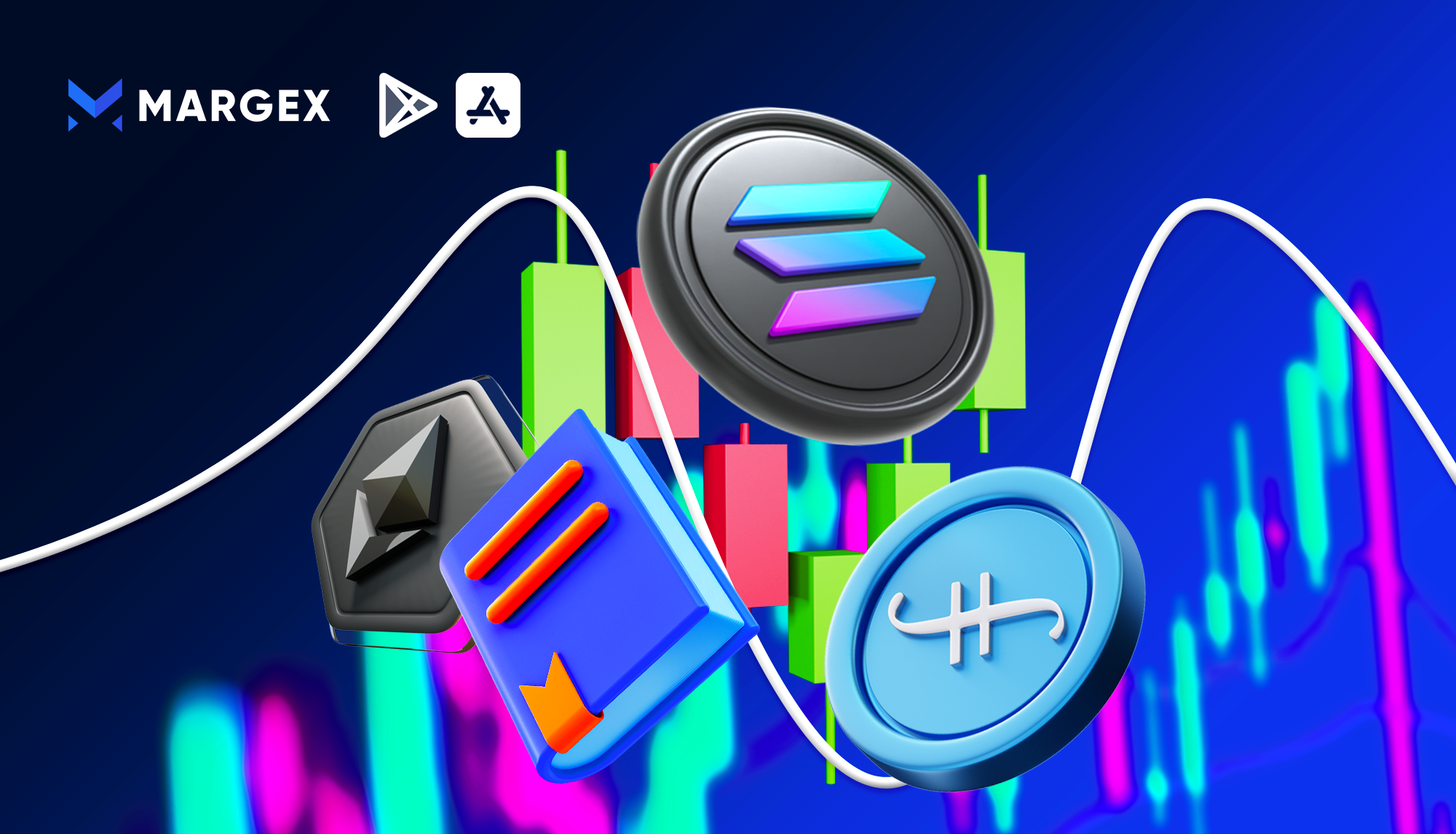
What is Web 3.0?
Web3 represents the decentralized version of the Internet,establishing direct connections between users and various digital interactions. In our focus on financial services,it stands out for being the platform that enabled the emergence of blockchain technology. This innovation enables the tokenization of physical goods into digital versions and the creation of digital assets such as cryptocurrencies, cryptoassets, NFTs, among others.
In addition, Web3 leverages technological advances such as artificial intelligence and machine learning to improve the artificial intelligence and machine learning to improve efficiency in search and facilitate interaction between users, especially through concepts such as the metaverse.
This evolution in the web is redefining the way we interact with information and online services, promoting decentralization services online, promoting decentralization and greater active participation of users in the creation and management of online assets. users in the creation and management of digital assets.
Differences between Web 1.0, Web 2.0 and Web 3.0.
Web 1.0:
-Era from the 1980s to the early 2000s.
-Born with protocol research by the U.S. Defense Advanced Research Projects Agency.
Defense Advanced Research Projects Agency (DARPA).
-It established the first web protocols such as HTTP, SMTP and FTP.
-It was a distributed web that worked with static data.
Web 2.0:
-Emerged in the last twenty years.
-It allowed users to create, share and publish content.
-Although it enabled interaction, it is considered a read-only web.
Web 3.0:
-Represents the next evolutionary step.
-It introduces much more interactivity and uses intelligent algorithms.
-It allows advanced data interpretation and more personalized web services.
-It prioritizes privacy and decentralization.
-Users have greater control over their data.
-Supports decentralized applications and smart contracts.
-It democratizes the Internet in different aspects.
In short, Web 3.0 stands out for its greater interactivity, focus on privacy,decentralization and the ability to interpret data in a more advanced way compared to previous versions.
Advantages of Cryptocurrency and Web 3.0 Integration

-Transparency and Security:
The presence of blockchain technology, which underpins cryptocurrencies, brings an unmatched level of transparency and security to Web 3.0 transactions of transparency and security to Web 3.0 transactions. Information becomes immutable and information becomes immutable and easily accessible, significantly reducing the risks associated with fraud.
-Consumer Empowerment:
The integration of cryptocurrencies grants users expanded control over their digital assets and personal data. Decentralization eliminates the need to rely on intermediaries, giving consumers greater autonomy and decision making power.
-Innovation and Efficiency:
The connection between cryptocurrencies and Web 3.0 drives innovation and efficiency on multiple levels. Smart contracts simplify processes, tokenization democratizes access to assets and decentralized identity redefines the way we share information.
What are Web 3.0 cryptocurrencies?
Web 3.0 cryptocurrencies represent decentralized digital currencies that execute smart contracts over the Internet, playing important smart contracts over the Internet, playing a key role in the security and operation of security and operation of blockchain-based projects.
A prominent example is Ether (ETH), the official currency of the Ethereum blockchain. This cryptocurrency not only serves as a means of payment for transactions on the blockchain, such as purchases and game blockchain, such as purchases and gaming fees, but also illustrates how currencies Web 3.0 enable the unobtrusive execution of transactions, providing users with greater privacy compared to transactions conducted on Web 2.0.
In this context, holders of Web 3.0 currencies acquire not only digital assets, but also a significant part of the Internet,the importance of decentralization and user empowerment in this new digital paradigm.
How do Web 3.0 cryptocurrencies differ from other cryptocurrencies?

The advent of Web 3.0 coincided with the time when technology giants such as Facebook and Google were making huge profits.Facebook and Google were profiting enormously by dominating the Internet and monetizing the personal data of users using their platforms and services.
This new era of the web transforms this paradigm, giving users ownership of their data and the right to benefit from it of their data and the right to profit from it. Now, anyone can sell their data to advertisers and, at the same time, preserve the ownership and privacy of that information.
The innovation of Web 3.0 allows users to access multiple social networks and online platforms with a single account, eliminating the need for multiple accounts for different services.
It is important to note that Web 3.0 is not exclusively about a blockchain or a specific cryptocurrency; rather, it represents a decentralized version of the Internet that requires cryptographic currencies to access its various services.
In addition, both Web 3.0 and the associated cryptocurrencies operate on public blockchains, sharing similarities with each other as well as with other
public blockchains, sharing similarities such as untrustworthiness, decentralization,equal access and open source technology.
Among the services offered by Web 3.0 and employing specific currencies are data storage, data infrastructure, and the use of cryptocurrencies.
data storage, network infrastructure, data indexing, bandwidth, and power sharing, as well as the and power exchange, as well as social networks, non-fungible tokens (NFTs), blockchain games (NFT), blockchain gaming, among others, which continue to grow.
Despite the turbulence in the crypto sphere due to the crypto winter and the bankruptcy of significant players, numerous Web 3.0 projects are emerging. Given this evolution, it is crucial to be aware of the main Web 3.0 cryptocurrencies, considering their utility, ongoing traction, and network effect when making investment decisions.
Examples of cryptocurrencies with Web 3.0 technology

1)Ethereum, the pioneering blockchain for smart contracts, has maintained its position as a leader in the cryptocurrency market. This open-source blockchain stands out as the most widely used network, supporting a wide variety of decentralized applications (DApps) and decentralized finance (DeFi), solidifying its position as one of the main players in the Web 3.0 era.
In a recent development, Ethereum has undergone a significant upgrade known as “The Merge,” marking the shift from a proof-of-work consensus mechanism to a proof-of-stake mechanism. This transition has contributed to maintaining user preference for Ethereum as the blockchain of choice.
In addition to its adaptability, Ethereum stands out as the home of some of the leading non-fungible token (NFT) markets, including OpenSea. The latter is recognized for hosting the famous Bored Ape Yacht Club (BAYC) NFT collection, further consolidating Ethereum’s position in the crypto ecosystem.
2)Filecoin stands out as a decentralized peer-to-peer storage network that allows users to earn FIL, its native token, by making excess space on their computers available.
This platform provides users with several benefits, including space to store digital assets such as music and art, especially in the form of non-fungible tokens (NFTs). In the Filecoin environment, any individual or data center has the ability to become a storage provider, provided they have the necessary disk space and internet access.
The number of tokens and transaction fees that users can earn through Filecoin are directly linked to the amount of disk space they offer on the network. This model provides a decentralized and efficient way for participants to benefit from their underutilized computing resources.
3)Debates arise in various sectors regarding whether Solana, whose native currency is $SOL, plays a central role in the architecture of Web 3.0. Proudly proclaimed as the alternative to Ethereum or the “Ethereum killer,” Solana has gained a solid following in the blockchain community, mainly due to its exceptional scalability and lower transaction costs.
Furthermore, various non-fungible token (NFT) communities are choosing Solana over Ethereum for their projects. Notable examples include Infinity Labs, Cets on Creck, Okay Beas, and Degenerate Academy of Apes. The choice of Solana by these communities highlights the growing preference for this blockchain, emphasizing its appeal in terms of efficiency and support for innovative projects in the cryptocurrency and NFT space.
At Margex, we support these cryptocurrencies and their technology, allowing you to trade with them. Finally, don’t forget to follow all our social media channels: Telegram, Discord, Twitter.


